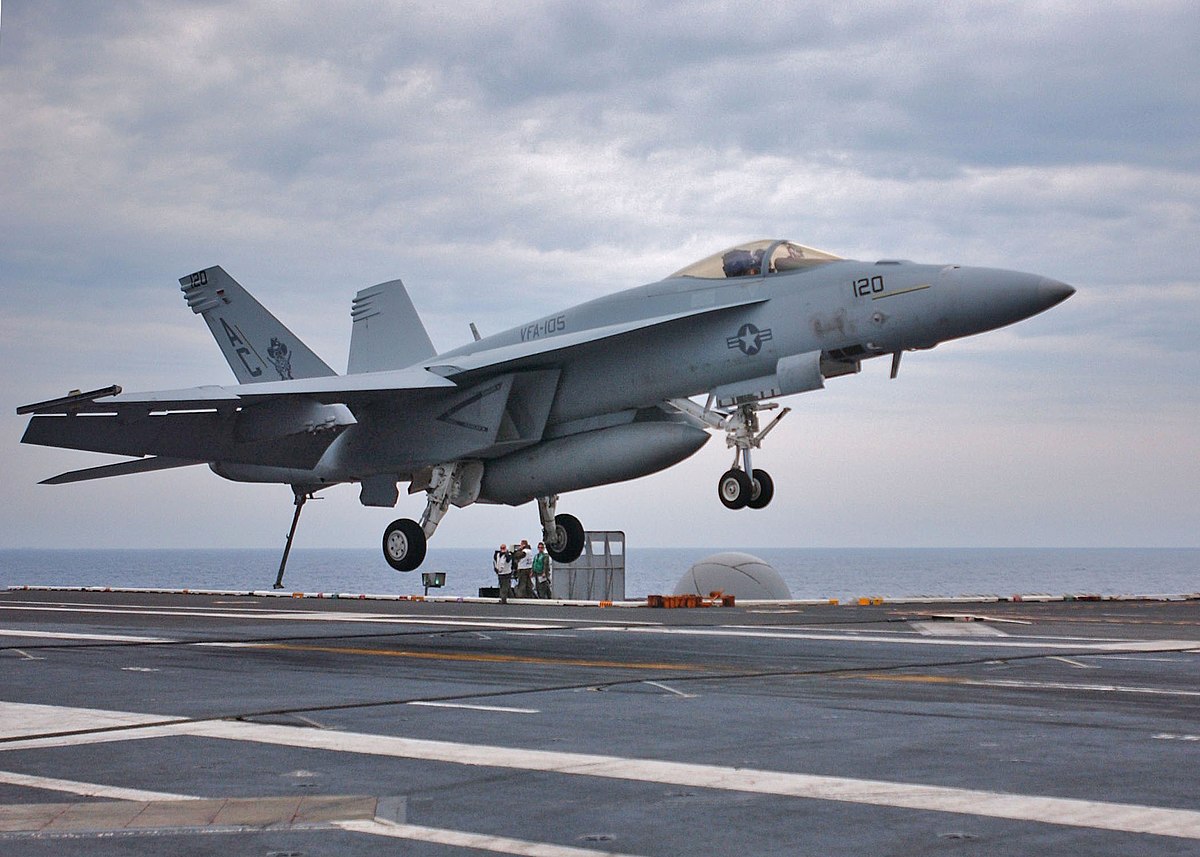Boeing announces it will cease production of F/A-18E-F fighters - capacity will be refocused on F-15EX, T-7A and MQ-25 drone components

Boeing officially confirmed in a statement dated 23 February 2023 that it will shut down production of the fourth-generation F/A-18E-F fighter jets from 2025. The company will no longer accept orders for production of the aircraft.
Here's What We Know
Boeing calls its decision "pivotal". The American manufacturer will direct the freed personnel to other projects. Free production capacity at the St. Louis facility will allow it to ramp up production of the T-7A Red Hawk training aircraft, upgraded F-15EX Eagle II fighters and the MQ-25 Stingray unmanned aerial refuelers, which are in service with the US Navy.
The U.S. Navy wanted to forego the acquisition of F/A-18E-F Super Hornet fighters in fiscal 2014. The service eventually began planning to purchase the aircraft and entered into a contract for fiscal 2019-2021, which was needed to cope with the fighter jet shortage.

Once the agreement was implemented, Congress intervened again. Boeing received $977 million to produce 12 Super Hornet fighters in fiscal 2022 and an additional $600 million to produce 8 aircraft in the current fiscal year.
It is these 8 aircraft that will be the last F/A-18E-F fighters to come off the production line. That will happen in 2025. Thus, the US Navy has ordered 698 Super Hornet aircraft in its 30-year history.
Although there is a possibility that production of the F/A-18E-F will last two years longer. This will happen if India chooses the Super Hornet for its naval forces. In that case, production will end in 2027.

The aircraft modification programme will not be affected. It increases the service life by about 4,000 flight hours. The company will continue to upgrade the A-18E-F Super Hornet and EA-18G Growler at its St. Louis facility.
Source: Defense News